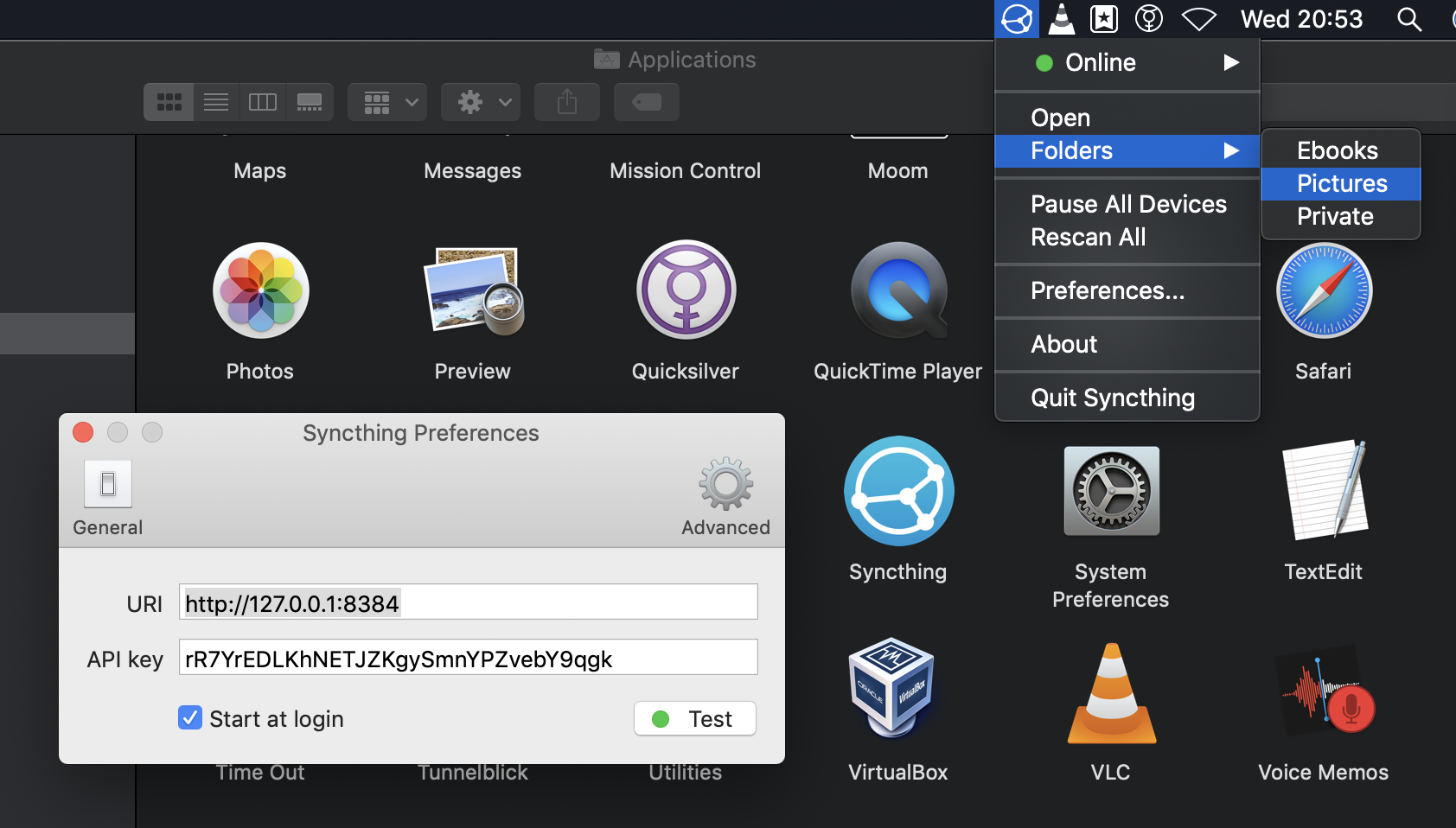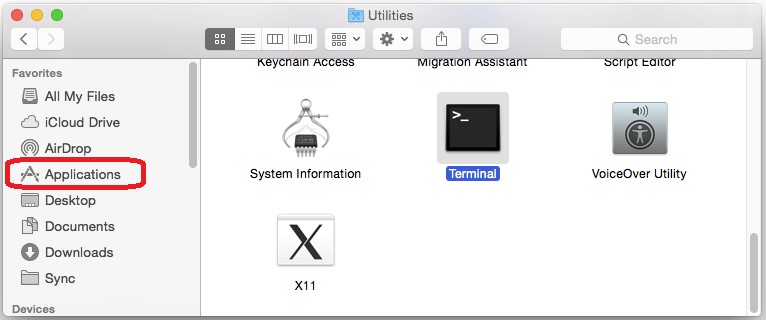


Unfortunately, there is a small limitation: The system folders such as documents or images cannot be moved completely. A symbolic link is more versatile than an alias. Instead, the folder is in iCloud and is automatically synchronized. Already this symlink behaves as if the folder were in the original position. Now copy this back to the original directory and remove the "symlink" from the name. Then you click the folder with the right mouse button (or Ctrl+click) and select "Services -> Create symbolic link" in the context menu. The further procedure is now very simple: move the folder that you always want to keep in sync to the iCloud directory. The Symbolic Linker helps to create symlinks on Mac. SymbolicLinker adds a "Create symbolic link" entry to your Finder context menu. Then copy the included rvice file to the ~/Library/Services/ or /Library/Services/ folder on all your Macs. That's exactly why it exists free symbolic linker tool: Download the latest version and mount the disk image. If you want to link several folders, this is of course very tiring and error-prone. Creating them on MacOS tends to be tedious: type in the terminal the command They behave like aliases for you, but are recognized by the system as folders. These are "aliases on steroids" that are anchored directly in the file system. This is exactly why it makes sense to create a so-called symbolic link instead of the alias. This has a big disadvantage: some software does not recognize aliases as folders, which may cause problems with the alias. Why not a simple alias? Well: Of course, an alias is just a reference or link and therefore a file itself. So what to do? Very simple: You create a symbolic link! An alias is quick to create, but not always useful. However, this has a big disadvantage: You lose your "normal" folder structures on the Mac. Which makes the first step of the automatic sync backup clear: you have to move your important folders to iCloud. Rather, only what is within the iCloud folder hierarchy is synced (and backed up).
#MACOS SYNC FOLDERS FULL#
Unfortunately, Macs don't currently store a full copy of a Mac's folder structure in iCloud.

One of the simplest things you can do with rsync is to backup files. Simple File and Directory Synchronization.
#MACOS SYNC FOLDERS MAC OS X#
All pricing and availability information on at the time of purchase applies to the purchase of this product. What You Need: > Mac OS X > Files to synchronize > Some Command Line Knowledge. Product prices and availability are correct as of the date/time shown and are subject to change.


 0 kommentar(er)
0 kommentar(er)
